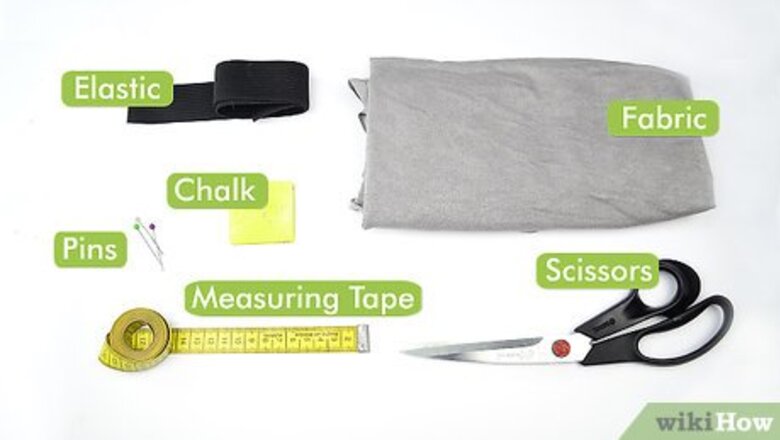
views
Making a New Mini Skirt
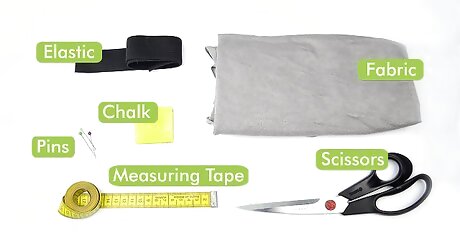
Gather your materials. Find a fabric that you love that will also be comfortable to wear and easy to sew. Before buying elastic, measure around your waist where you want your skirt to sit. This is how long your piece of elastic should be. You will also need a measuring tape and washable marker, a pair of sharp scissors, a needle, thread, and pins. Take your measurements before you buy fabric so you'll know how much material to purchase. To take your measurements, use a fabric tape measure, or wrap a piece of string or ribbon around yourself, then measure that. Don't use a regular tape measure, as it isn't flexible enough to wrap closely around your body.

Find a sewing pattern. You can buy a simple skirt pattern either online or at a fabric/craft store. It might be easier to buy one at a store, because online patterns are often too large to print on a normal printer. When you're choosing a pattern, decide what style of mini-skirt you want, such as an A-line, wrap, or circle skirt. Many patterns also come with suggestions for the types of fabric and thread that would work for the project, so it’s a good idea to buy the pattern and check those out first before buying your other materials. You can also use a skirt you already have, then copy the pattern and design from that.
Cut your fabric to the pattern. Lay your printed pattern over your fabric and pin the two together. Then cut carefully around the edge of the pattern. Depending on the pattern you buy, you will likely have two matching pieces when you’re done: one for the front of the skirt and one for the back. Cut the pattern to your measurements.
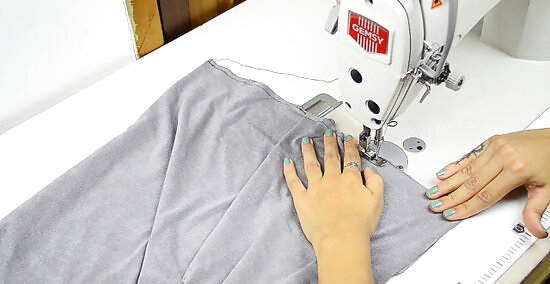
Sew the pieces together. Sew the front and back pieces together on the right and left edges. Make sure the “right” side of each piece (the side of the fabric you want showing on your skirt) is facing in, against the other. Sew evenly along the edges with a simple stitch. This is a good point to carefully try on the skirt (you can keep it inside out). If it needs to be smaller at any point, take it in by stitching parallel to the inside of your previous line of stitching.
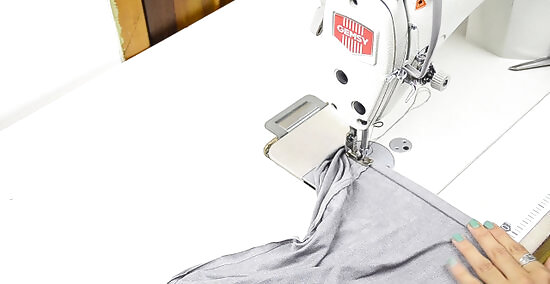
Make the hem. Fold over a half inch of the fabric at the bottom of the skirt and sew the hem using a hemming stitch.
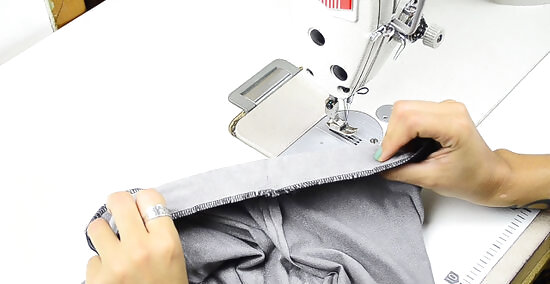
Make an elastic or zipper top. If you buy a pattern with an elastic waist or room for a zipper, you will need to sew that next. Place your piece of elastic at the inside top edge of your skirt and stitch the two ends of the elastic together. Then fold that top edge of the fabric down, so that the elastic is encased in fabric. Sew this “casing” around the elastic by stitching the fold to the main skirt, much as you did with the hem.
Turning an Old Skirt into a Mini Skirt
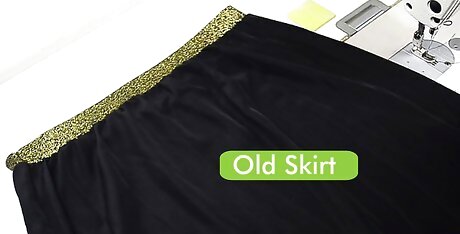
Gather your materials. A longer skirt that you don’t wear anymore, but that still fits at whatever part of your waist you want to wear it, is ideal. Then you will need a measuring tape and washable marker, a pair of sharp scissors, a needle, thread, and pins. Note that different materials are harder to cut and sew. Denim or corduroy skirts might be more difficult, requiring sharper scissors and/or thicker needles. Find thread that matches the most prominent color in your skirt so that it blends into the fabric.
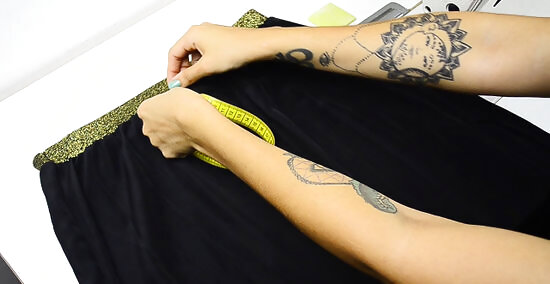
Measure how long you want your mini skirt to be. A common school guideline and a generally good rule is to have the skirt end at least where your longest finger reaches when you have your arms straight down by your sides. Or, grab another mini skirt you like and measure the length. Use the tape measure to find these measurements and mark them on the skirt with your marker. Add another half an inch to your measurement. This accounts for the hemming that you will complete later. When in doubt, cut less. You can't get fabric back once you’ve cut it, so cut off less than you think and then try it on. You can hem it up to exactly the right length afterwards.
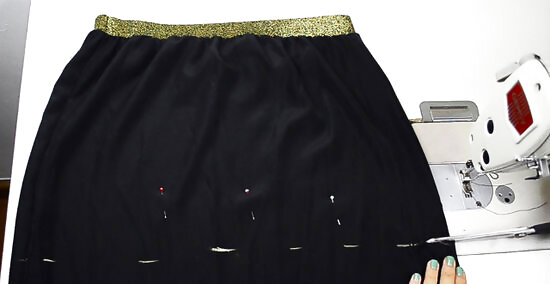
Cut carefully. Cut slowly along the marks you’ve made, keeping the edge as even as possible. To help you cut straight, make several measurement marks as you did in the previous step all the way around the skirt to ensure that it will be the same length everywhere.
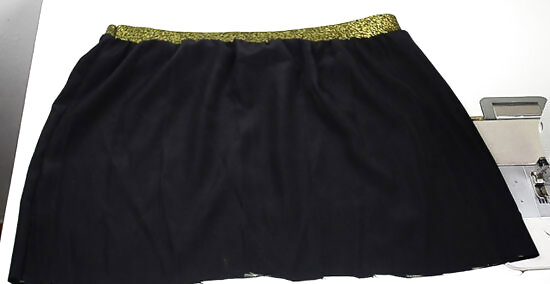
Tidy the edges. When you are done cutting, there might be loose strings hanging, depending on the fabric. Carefully trim these off if they occur.
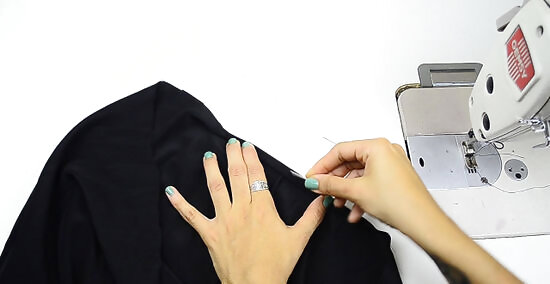
Measure the hem. Try on your skirt after you cut it. If it’s at about the right length, fold approximately a half inch of fabric back against the inside of the skirt and pin it all the way around. This is your hem. If you want the skirt to be slightly shorter than where you cut it, your hem can be larger—an inch or more. Fold the amount you want it to be shorter underneath and then pin it in place.
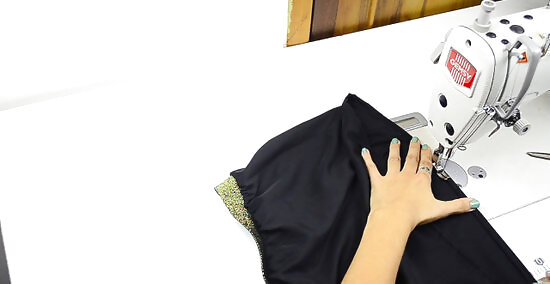
Sew the hem. Using your needle and thread, stitch the folded section to the main fabric of the skirt, removing the pins as you go. You can use a hem stitch, but really any stitch will work as long as it secures the fabric. To do a hem stitch, insert the needle into the hem and then through a tiny section in the main skirt, just above the hem (this shows just a tiny dot of thread on the outside of the skirt). Pull the thread through, firmly but gently. Then, insert the needle into the underside of the folded hem and pull it through to the top. Repeat this stitch all the way around the hem, with even spacing between each “dot.”


















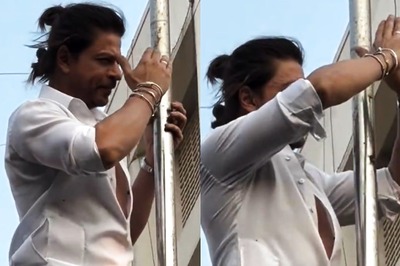

Comments
0 comment